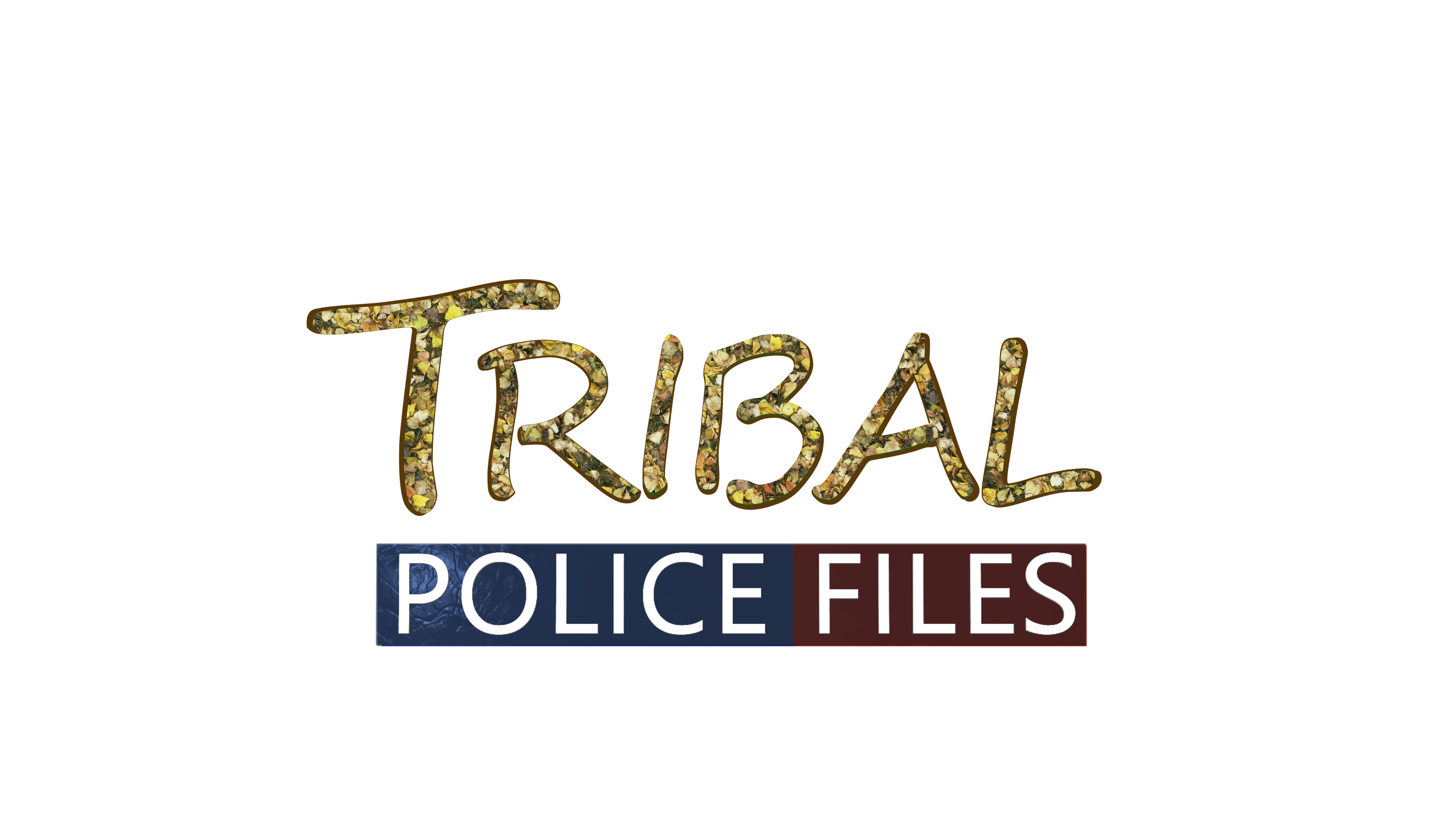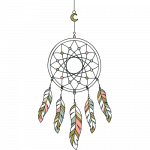A Proud Progressive First Nation Community
Throughout history, the Chippewas of Rama First Nation have been known as a caring, sharing people. The Chippewa territory has been called ‘the gathering place’ where travelers rested before continuing on their journey, where great meetings were held and important agreements signed. From the earliest of times, their people have been entrepreneurs, artisans, craftsmen, hunters and fishermen. Later, they operated as guides throughout the area for tourists, and marketed crafts, produce and services.
The Chippewas of Rama First Nation invite you to learn more about their community, whose pride in Ojibwe traditions and restoring traditional ecological knowledge are
at the forefront of community visioning. This stands alongside progressive programs, economic development initiatives and member services.
History
The Ojibwe Nation was one of the largest nations in North America.
The people of the Ojibwe Nation migrated from the eastern seaboard to the west side of Lake Huron, Lake Michigan and Lake Superior, pushing the Sioux further west. They made their way into the area from the southern portion of Chippewa territory in Minnesota and Wisconsin.
Known as the Chippewas of Lake Simcoe and Huron, their people are part of the Chippewa Tri-Council, an alliance of three First Nation communities now known as the Chippewas of Beausoleil First Nation on Christian Island, the Chippewas of Georgina Island on Georgina Island, and the Chippewas of Rama First Nation. Under the leadership of our hereditary Chief, Chief Musquakie (Yellowhead) who served his community from 1818 to 1844, the Chippewa Tri-Council First Nations continue their alliance today.
Well known for their hospitality, they shared the knowledge and medicines with early settlers which enabled them to survive their first difficult years in a sometimes harsh land.
Around 1830, the community was moved to the Coldwater Narrows area by the Crown, part of an “experiment” which shaped “Indian Reserves”. Continuing on as industrious people, building a road for commerce which is known today as Highway 12, establishing farms, mills, and markets for selling produce, fish and game to settlers and travellers.
Forced to move again after their land was taken in what is now being termed an “illegal surrender”, they purchased land in Rama Township in 1836 and made a new beginning for their people.
The land was difficult to farm and, with the loss of their inherent right to fish and hunt with the disputed Williams Treaties in 1923, they pursued other entrepreneurial opportunities in the tourism market.
Mnjikaning Fish Weirs at current day, Atherley Narrows
The Mnjikaning Fish Fence Circle was established in 1993 by community members and area residents for the purpose of protecting and promoting the weirs. In 1982, the government recognized the Mnjikaning Fish Weirs as a National Historical Site. In conjunction with Parks Canada and the Mnjikaning Fish Fence Circle, strategic plans are in development to protect and promote the weirs located in the territory.
The fish fence at the Atherley Narrows, is located near Rama First Nation. It is a complex system of underwater fences which was used for harvesting fish.
In the Anishnaabeg telling of the creation of the world, each species of living things was given a purpose to fulfill. The fish were told to come together at certain times of the year and hold council. At these times, the people could more readily access them for food.
In spite of all the changes the Narrows has undergone over the centuries, the fish still hold to their role in creation and come together at Rama every spring and fall.
Elders say that the historical role taken on by Rama was important to the Chippewa Tri-Council communities. We kept the fence and made sure that the harvest garnered was distributed equally to the other communities involved.
Rama, over the centuries, was more than a place for fishing. It was a traditional meeting place because of its unique geographical location with respect to the convergence of lakes and tributaries.
The Deer Clan are traditional caregivers. Our community symbol is the Deer.
Website: http://www.mnjikaning.ca
The Ojibwe People’s Dictionary: This site is a browseable and searchable dictionary with both English-to-Ojibwe and Ojibwe-to-English translations. The dictionary also contains categorized sections for different word families (for example: wildlife) and photographs of Ojibwe culture.
Sault College ‘Let’s Start Ojibwe’ series: Sault College has a collection of Ojibwe lessons from its in-class language courses. The videos have many different levels of difficulties and themes, so all experience levels can find helpful resources here.
Anishinaabemowin Everyday: This website has a series of lessons that take only 15 minutes each day. The lessons include pronunciation and translation practice. Take these lessons with a friend to keep yourself on track!
Noongwa e-Anishinaabemjig: This website, which means “People who speak Anishinaabemowin today,” amalgamates a variety of resources to learn the Ojibwe language. The University of Michigan sponsors this site and hosts three levels of Anishinaabemowin curriculum on this website, as well as lessons from visiting Ojibwe speakers and storytellers. This resource also lists picture books that are published in Ojibwe, and submitted projects from Ojibwe speakers.
http://www.firstvoices.com/en/apps
Anishinaabe, Ojibwe Language: This website hosts a variety of resources to support learning the Ojibwe language. It includes a history of the Anishinaabemowin language, as well as its word, sentence and grammatical structure. There are a variety of materials for download, including calendars, games and lists of useful phrases. Additionally, there is a book list of books published in Ojibwe.


